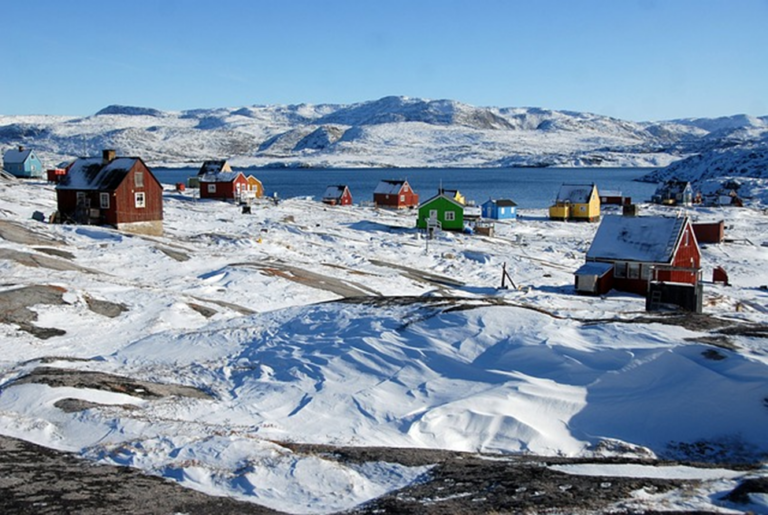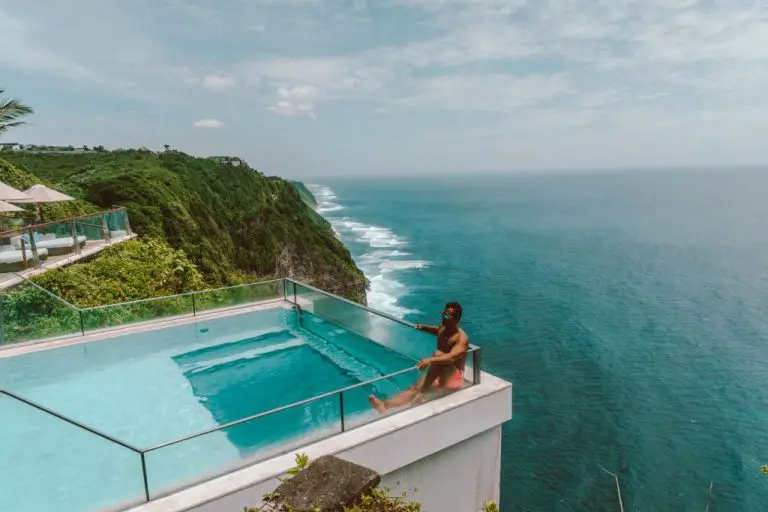Travel footage gains value when it serves a clear editorial objective. Field constraints—limited power, unstable bandwidth, changing light—demand a production plan that treats shooting and editing as one continuous process. The intent is a compact system that preserves story, protects data, and turns raw clips into a coherent cut with minimal overhead for documentary production and fast-turn travel filmmaking.
Capture With Post In Mind
Every recording decision affects the edit bay. Consistent frame rates, picture profiles, and audio levels reduce friction later and raise the ceiling for quality. When teams need to review selects quickly or assemble a scene on a lightweight timeline, a browser-first tool such as Clideo Video Editor supports browser-based editing and an online video editor workflow that stays portable across laptops, tablets, and shared machines without heavy installs.

Core capture standards
- Lock a primary frame rate and shutter rule for the entire assignment to prevent cadence conflicts.
- Standardize picture profiles across cameras to preserve dynamic range and simplify color normalization.
- Use dual-system sound where feasible, slate or clap each take for reliable waveform sync.
- Record a short ambience bed in every location to support seamless audio transitions and later captions alignment.
- Apply shot labels in-camera to accelerate logging and search within a mobile editing workflow.
Coverage patterns that endure
- Establishing view, medium action, detail close-ups for each scene create natural edit beats.
- Intentional moves that begin and end on still frames provide clean cut points.
- Brief retakes for obstructed actions protect continuity without bloating card space, which matters when a proxy workflow will be used later.
Mobile Editorial Workflow
A travel edit benefits from a repeatable routine that fits in a day pack. Whether teams cut in a desktop NLE or an online video editor, structure matters more than the logo on the splash screen, and browser-based editing keeps collaboration flexible on the road.
Daily operational loop
- Ingest and verify: dump to SSD, checksum, and mirror to a secondary drive.
- Triage and tag: mark selects, reject unusable takes, and keyword people, places, and actions.
- Assemble and review: build a spine cut that reflects the reporting sequence rather than shooting order.
- Notes pass: annotate B-roll gaps, pickups, and NAT-sound needs for the next call sheet.
Practical protections
- Maintain identical folder schemas per day so relinks remain stable across devices.
- Generate proxies for high-bitrate formats when cutting on ultralight hardware, a disciplined proxy workflow keeps performance smooth without losing editorial precision.
- Keep a reusable assets kit—lower thirds, bumpers, legal boilerplate—to standardize delivery and speed documentary production turnarounds.
About the company and toolset
Clideo operates a suite of browser-based media utilities designed for quick, secure editing in the field. When people on different operating systems or rented devices work together, it’s easier for them to cut, merge, resize, caption, and export all in the same interface. Some common duties for travel filmmakers are putting picks on a simple timeline, adding subtitles for accessibility, ensuring sure aspect ratios are correct for social media, and exporting H.264 or HEVC files that are all the same. Cloud processing reduces local CPU strain, privacy controls, short-lived project storage, and straightforward sharing links support newsroom and documentary production compliance needs. The flagship Clideo Video Editor emphasizes simplicity for teams who rely on browser-based editing, yet still need a dependable mobile editing workflow.
Sound, Color, and Continuity
Audiences accept minor visual imperfections sooner than distracting audio or color jumps. Treat these domains as foundational rather than decorative, whether the cut happens in a traditional NLE or an online video editor in the cloud.
Audio priorities
- Capture a clean dialogue track with conservative gain and a safety channel.
- Catalog ambience beds by location so transitions carry a sense of place.
- Use noise reduction carefully to avoid artifacts, and make sure that speech is clear over complete quiet.
Color and monitoring
- Normalize exposures before creative grading to set a stable baseline.
- Calibrate viewing conditions when possible, even a travel monitor benefits from a quick profile.
- Keep first-pass looks simple, neutral contrast and low saturation keep skin tones and signs looking good.
Adobe’s practical reference to color workflows gives a clear picture of color pipelines in a popular NLE.
Structure The Story For Field Realities
Travel and documentary timelines gain clarity through predictable arcs that mirror the reporting process.
- Orientation: time, place, stakes in under fifteen seconds.
- Observation: unscripted action with purposeful camera placement and clean coverage.
- Interpretation: a concise quote, captions, or a short narration line that frames meaning.
- Resolution: a payoff, decision, or change that justifies the scene’s inclusion.
Lower thirds earn their space when they inform rather than decorate. Short identifiers for people, neighborhoods, and institutions ground the narrative. Visual transitions stay invisible, straight cuts and L-cuts typically support pace more reliably than stylized effects, especially when collaborating via browser-based editing tools.

Publishing Standards And Accessibility
Delivery consistency builds trust and reduces revision cycles. Define technical and editorial baselines before export and keep them stable across episodes, whether publishing a full feature or a quick field update from a mobile editing workflow.
Delivery checklist
- Confirm legal and music licenses and log credits uniformly.
- Conform frame rate and loudness to platform norms, archive a mezzanine master for future recuts.
- To reach more people and follow platform rules, make sure your captions are easy to read and your descriptions are correct. For step-by-step instructions on how to add subtitles and captions, go to YouTube Help
Operational cadence
- Release on a predictable schedule to train audience expectations.
- Publish short interstitial cuts between long features to maintain momentum while traveling.
- Track viewer drop-off points and refine opening structure and shot length accordingly in your online video editor.
A professional travel workflow turns constraints into advantages. Standardized capture, disciplined data handling, and conservative editorial choices keep attention on story fundamentals. With reliable audio, restrained color, and a repeatable field routine, small teams deliver work that carries journalistic clarity and cinematic presence, even when editing on the move—and when the pipeline needs to run on iPhone or iPad mid-journey, the iOS companion helps maintain continuity via the Clideo Video Editor on the App Store – https://apps.apple.com/us/app/clideo-video-editor/id1552262611 so rough cuts, captions, and aspect-ratio versions stay aligned across devices through a portable proxy workflow tailored to travel filmmaking and documentary production.







